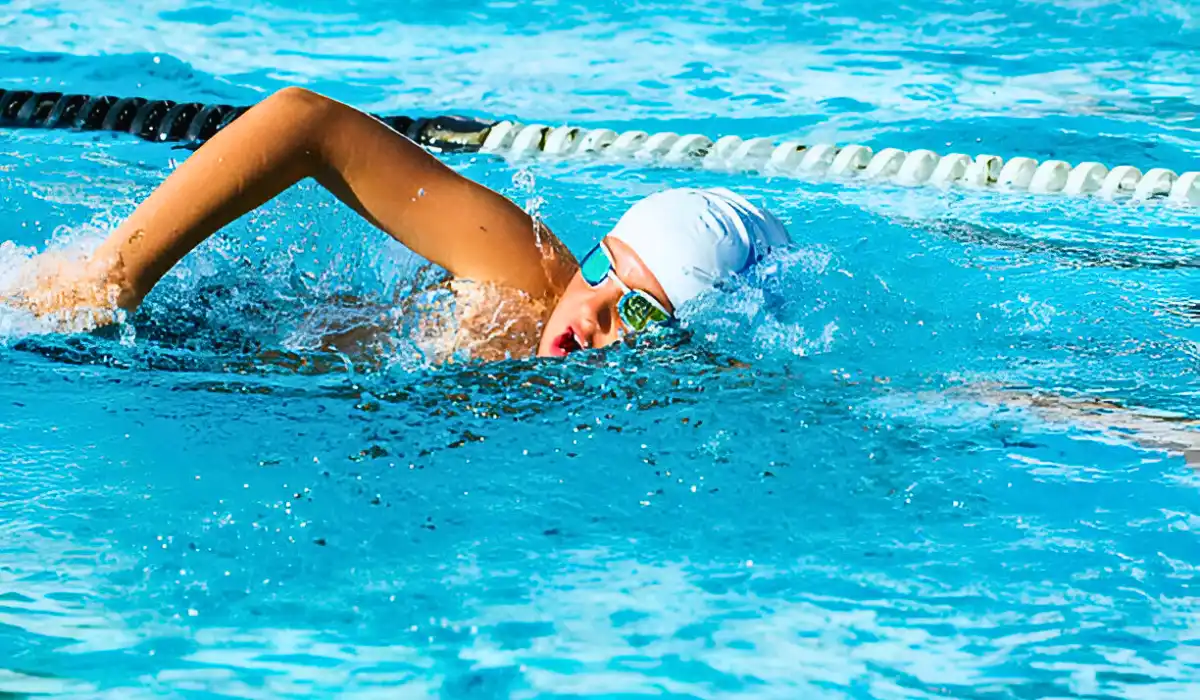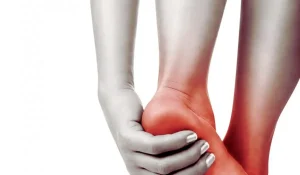Similar to other cardiovascular exercises, swimming for weight loss is effective and fun. Apart from refreshing, swimming has several other health benefits. Swimming is a good alternative for weight loss for people who struggle to workout due to various health conditions such as joint pain and injuries in the back, knees, or ankles.
Does Swimming Aid Weight Loss?
Rather than being a great way to cool off the body, swimming is also an effective way to lose weight. According to experts, swimming can help reduce the same weight as running. Fitness trainers suggest swimming as one of the best alternative exercises for people with injuries or joint pains.

Water offers great resistance. During swimming, most of the muscles in the body are pushed against that resistance, and hence swimming is categorized as a total body workout, it enables a person to engage their upper and lower bodies. Since the whole body is involved and benefits from the exercise, it increases the heart rate, resulting in burning calories.
Swimming is a low-impact workout that is useful to substitute for other activities like walking or jogging. Low-impact exercises are useful for people getting out of shape, older people, or people with injuries and joint pains.
Apart from these advantages, which make swimming a more feasible choice for certain individuals, swimming also speeds up the body’s metabolism. A higher metabolism will result in greater energy and calorie burning throughout rest and activity.
How Effective Is Swimming For Weight Loss?
The calorie burn and the subsequent weight loss while swimming depend on several factors. It depends on:
- The current weight of the person.
- Metabolism
- The intensity of swimming
- The strokes included in swimming
Numerous calorie-counter applications, calculators, and devices can assist a person in tracking their weight loss if they are interested in seeing an estimate of how many calories they’ll burn throughout their swimming session.
Swimming Routine For Weight Loss
A proper workout routine should be followed by people who are considering swimming for weight loss. A good diet should also be incorporated along with the workout routine to gain maximum results.
30 minutes in the pool is equivalent to 45 minutes of exercise outside the pool, as swimming enables the entire body to work harder than it would on land. Just thirty minutes a day, three times a week, in the pool will help a person stay in shape as long as they swim and eat healthily.
Maintaining consistency in the swimming program is essential for optimal outcomes. One can witness weight loss in 30 days with a consistent water workout.
Tips to Remember
Some tips to remember before beginning a water workout are:
- Consult a physician before starting the workout.
- Begin with a warmup.
- Start slow and gradually increase the pace.
- Make use of pool accessories like noodles and floats.
Different Swimming Strokes For Weight Loss
Weight loss when swimming is largely dependent on the stroke. Popular swimming strokes that help with weight loss fall into four categories. Among these strokes are:
- Breaststroke: It is a cardiovascular exercise with a slow burn. A 30-minute workout burns an average of 250 calories. It helps tone the thighs, triceps, upper back, lower legs, and hamstrings while bolstering the heart and lungs.
- Backstroke: It is a slow-burning, posture-improving workout. An average 30-minute workout burns 250 calories. It helps tone the stomach, shoulders, arms, legs, and buttocks, increase hip flexibility, and extend the spine.
- Freestyle: It is a quicker workout with a significant potential for burning calories. An average 30-minute workout burns 300 calories. Among these four strokes, freestyle has the most effect on toning the muscles in the back. It also helps tone the stomach, buttocks, and shoulders.
- Butterfly: Beginners are not advised to attempt the butterfly stroke because of its difficulty in learning and mastery. 450 calories on average are burned in a 30-minute workout. It is useful for strengthening and toning muscles, enhancing flexibility, and raising upper-body strength.
Many water-based workouts can be classified as low-, moderate-, or high-intensity. A combination of these intensities is recommended for optimal balance and the best results.
The Basics Swimming workouts
- Low-intensity: These workouts are excellent for people with free time who want to develop their stroke or require a recuperation day. Low-intensity exercises will help to stay in the right range of motion for extended periods. This gets the body moving and raises the heart rate. It is ideal for shedding pounds.
- Moderate-intensity: Swimmers most often choose to engage in moderate-intensity workouts. The heart rate should be between 70% and 80% of maximum exertion during these primarily aerobic activities.
- High-intensity: Beginners should not attempt these workouts, as they are not for the faint of heart. Recovery swims or rest intervals are interspersed with all-out swimming. High-intensity workouts will enable a person to swim farther in less time.
Conclusion
Swimming is a great alternative for people who are not interested in gyms. It helps people lose weight, increase muscle tone, strengthen the heart, and regain body shape. Regardless of the exercise regimen they pick, a person can lose weight while swimming as long as a healthy diet is maintained.







